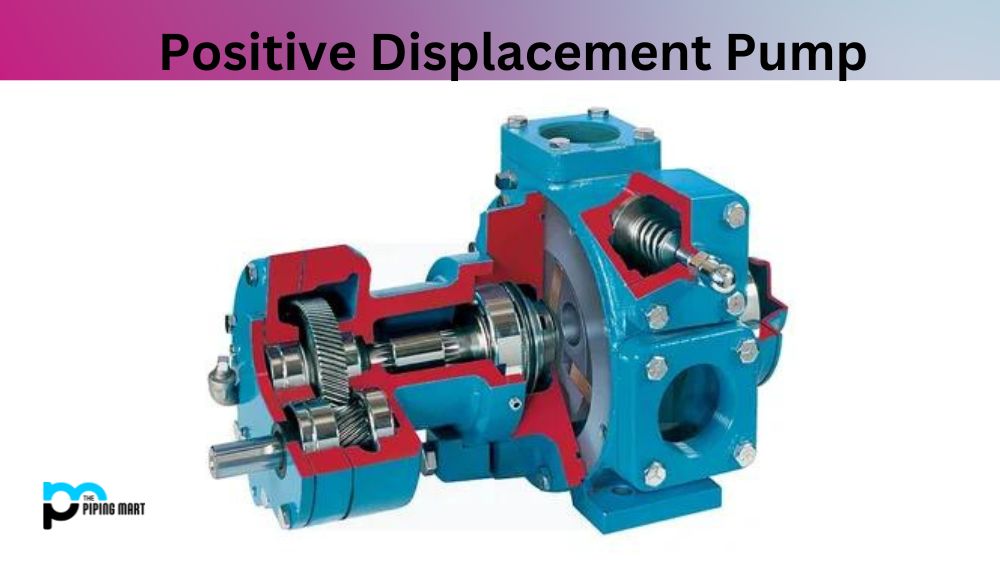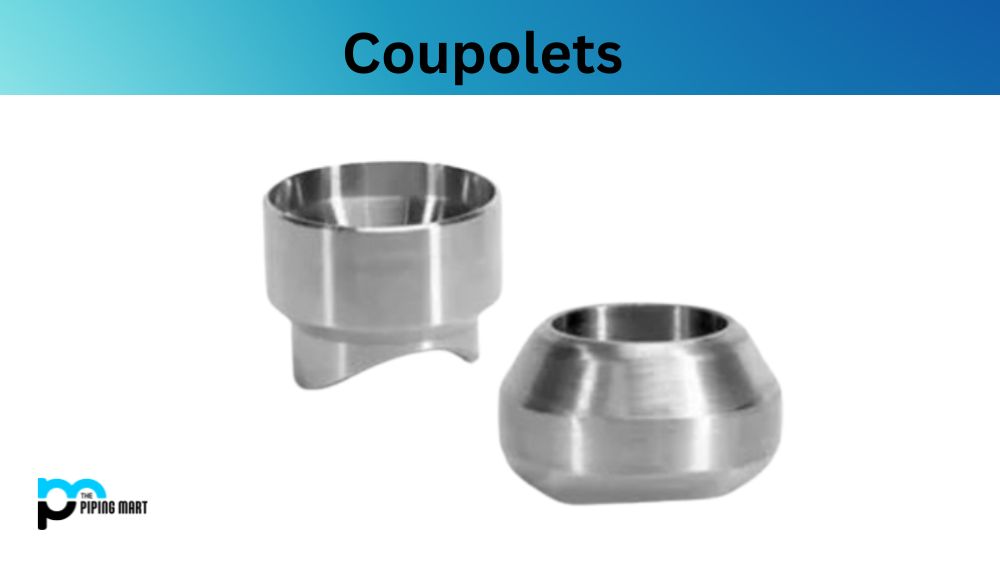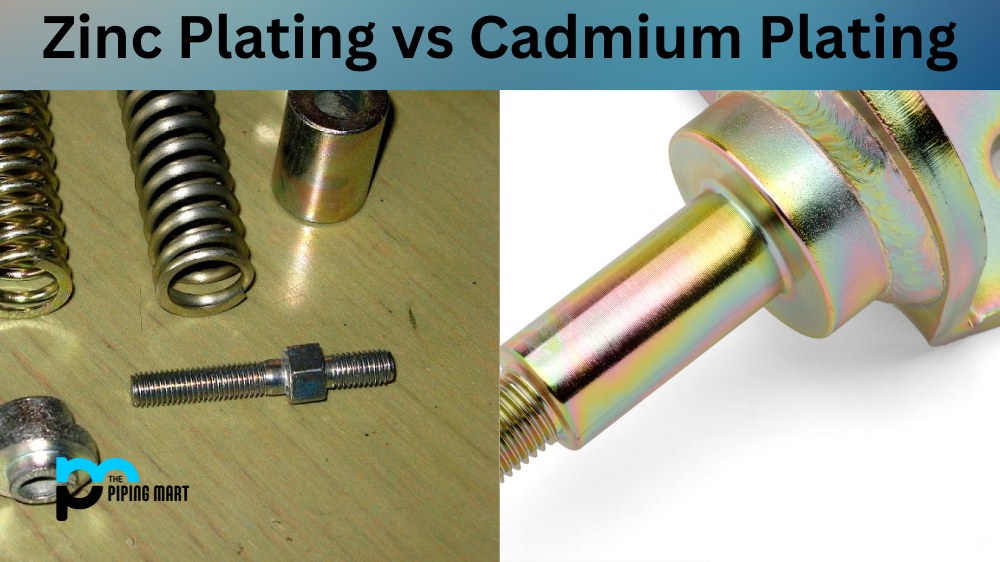Positive displacement pumps are essential in various industries, as they are versatile and can move a wide range of fluids. They are used in applications such as oil and gas, food and beverage processing, pharmaceuticals, and chemicals. However, finding the right one for your application with the different types of positive displacement pumps available takes time and effort. This blog post explores the different types of positive displacement pumps, their applications, and their benefits.
What is Displacement Pumps?
Displacement pumps are machines that transfer liquid from one area to another. They achieve this by increasing the pressure of a fluid, thus forcing it out of its container. These pumps are used in various industries, including manufacturing and food processing. They are known for their simplicity, low cost, and reliable performance.
Types of Positive Displacement Pumps and Their Applications
Rotary Pumps
Rotary pumps are used in water treatment, sewage, and other dirty water pumping systems. They use the rotary motion of gears or lobes to draw in and displace fluids. Rotary pumps are versatile and can handle a wide range of liquid viscosities. They are also durable and can withstand corrosive and abrasive liquids, making them ideal for harsh conditions.
Piston Pumps
Piston pumps are used in high-pressure applications such as oil and gas production, chemical processing, and water injection systems. They work by using the reciprocating motion of pistons to draw in and discharge fluids. Piston pumps are efficient and can deliver a constant flow rate. They are also easy to maintain, and their compact design makes them ideal for limited-space applications.
Diaphragm Pumps
Diaphragm pumps are used in food and beverage processing, pharmaceuticals, and chemical processing applications. They work by using the reciprocating motion of a diaphragm to draw in and discharge fluids. Diaphragm pumps are versatile and can handle corrosive, abrasive, and viscous liquids. They are also easy to install, operate, and maintain, making them ideal for low and medium-pressure applications.
Peristaltic Pumps
Peristaltic pumps are used in medical research, pharmaceuticals, and food processing applications. They work by using a series of rollers that compress and release a flexible tube to draw in and discharge fluids. Peristaltic pumps are gentle on fluids, making them ideal for applications that require accurate dosing. They are also easy to clean and maintain, and their compact design makes them ideal for limited-space applications.
Screw Pumps
Screw pumps are used in oil and gas production, chemical processing, and water treatment applications. They work by using the rotary motion of screws to draw in and discharge fluids. Screw pumps are efficient and can operate at high-pressure and high-viscosity applications. They are also easy to maintain, and their self-priming ability makes them ideal for suction lift applications.
Conclusion:
Choosing the right positive displacement pump for your application is crucial for achieving optimal performance and efficiency. When selecting a pump, consider factors such as flow rate, pressure, viscosity, and chemical compatibility. By understanding the different types of positive displacement pumps and their applications, you can make an informed decision that will meet your fluid handling needs.
Sakshee is a talented blogger, with a particular focus on the Business and Metal Industry. She is passionate about sharing her insights on various metal products and helping professionals to make a better decisions.




